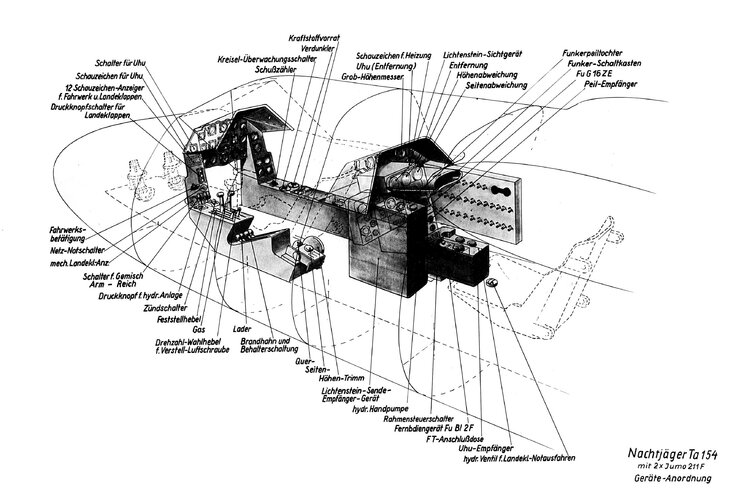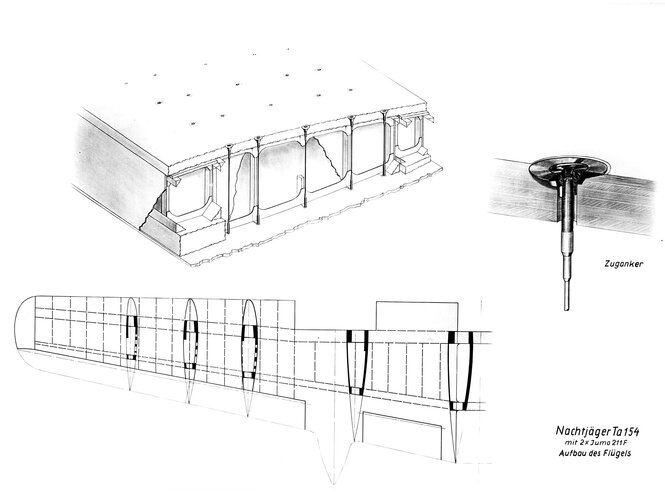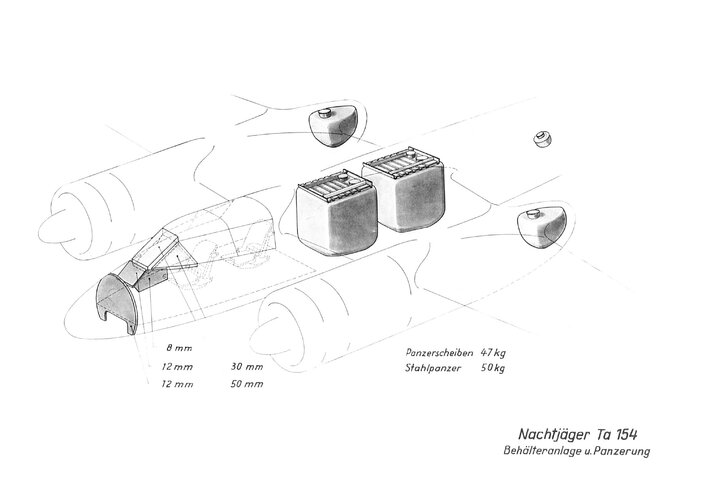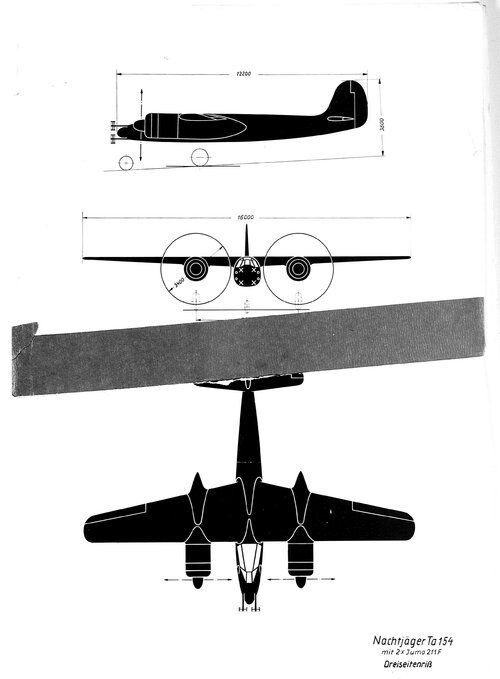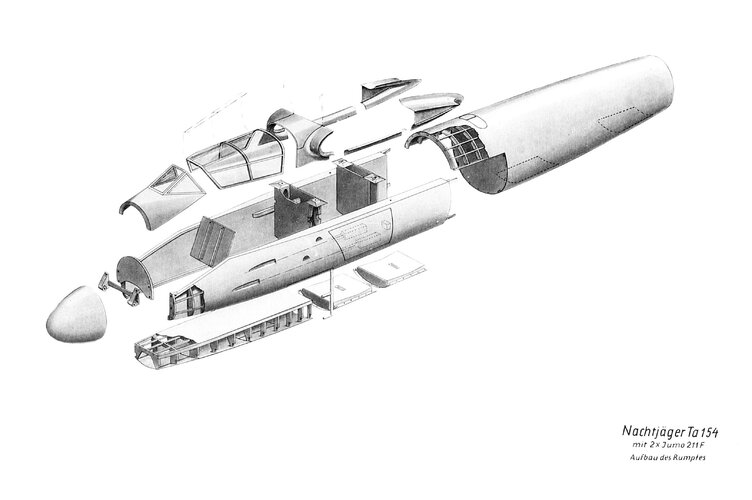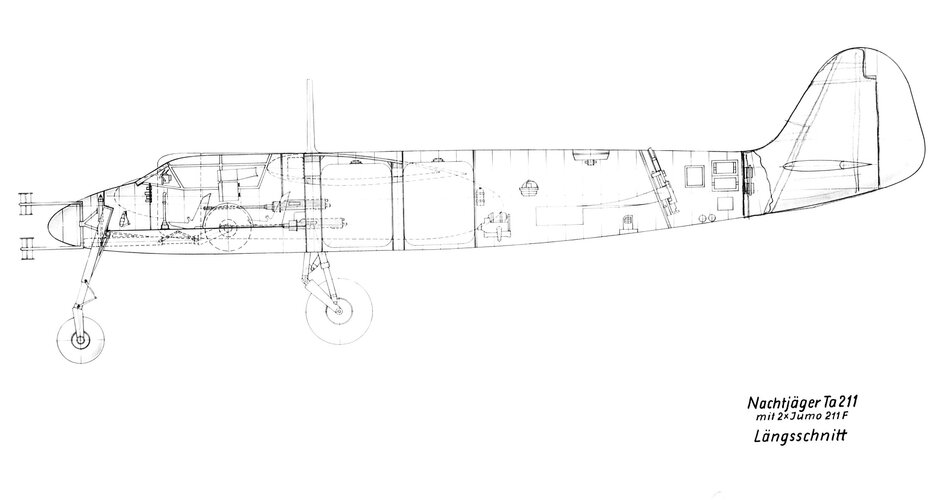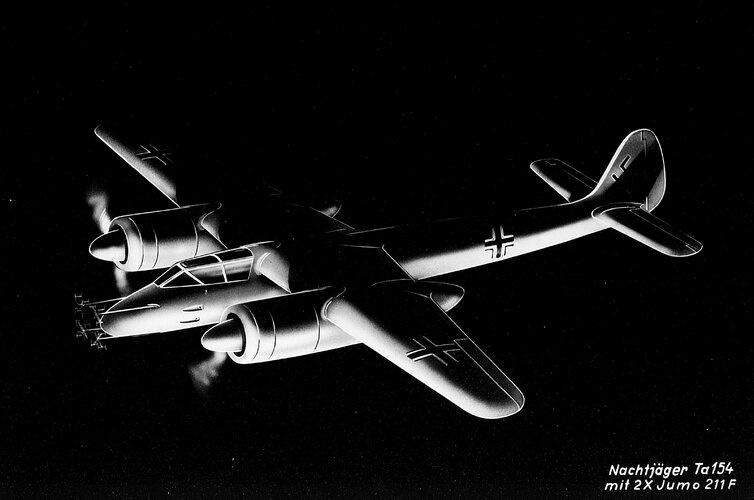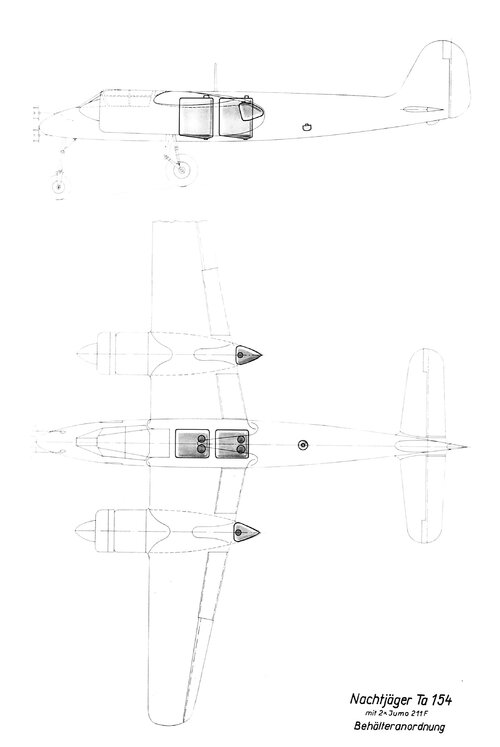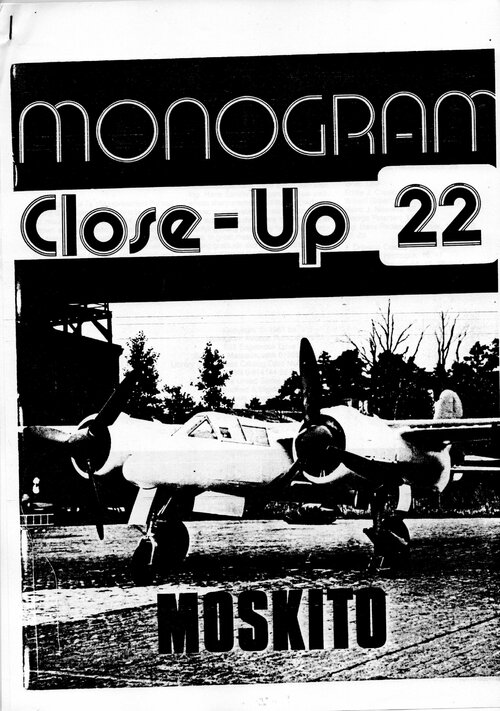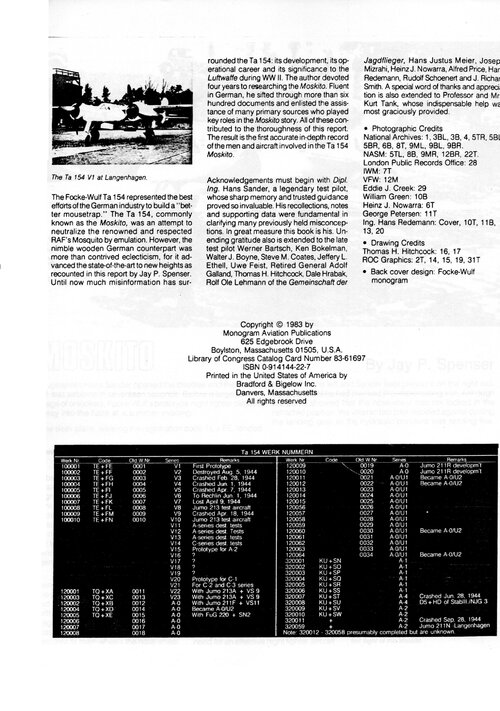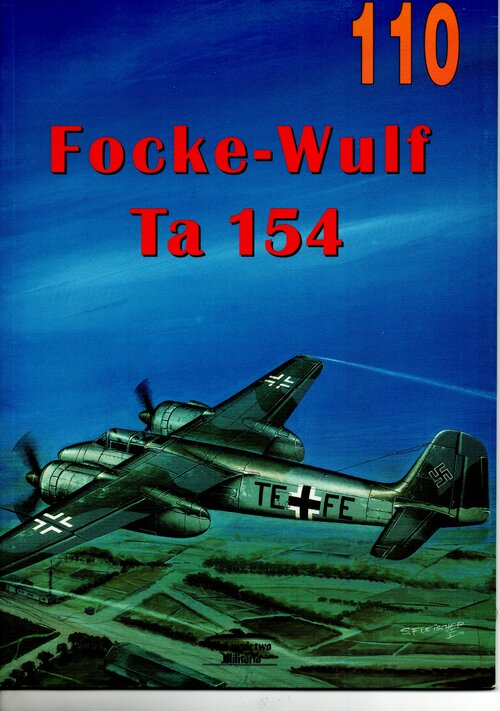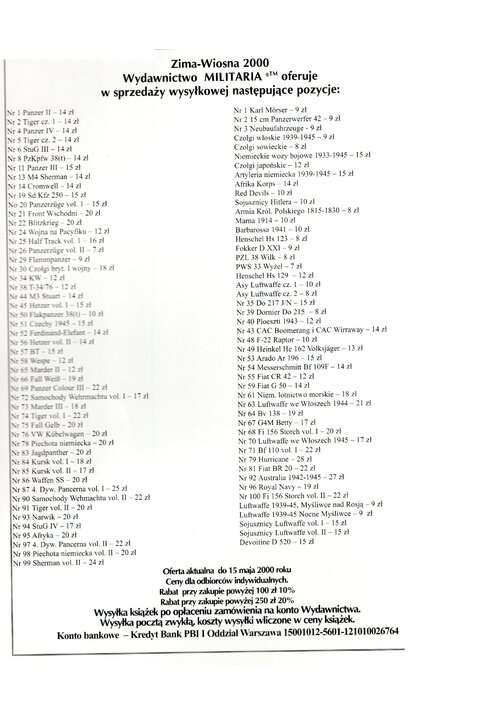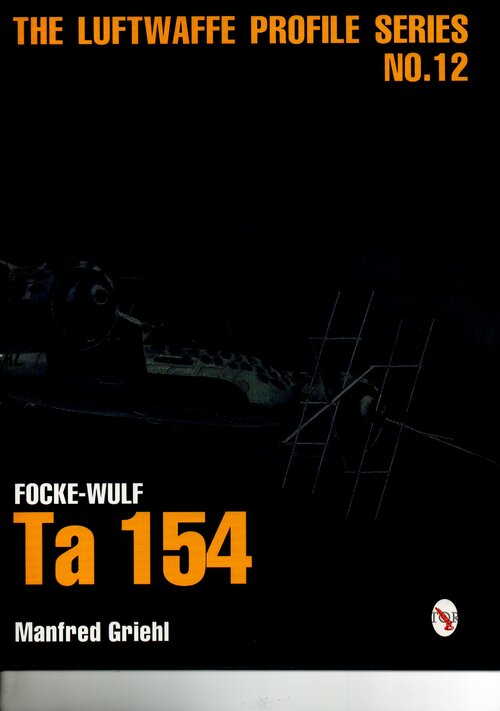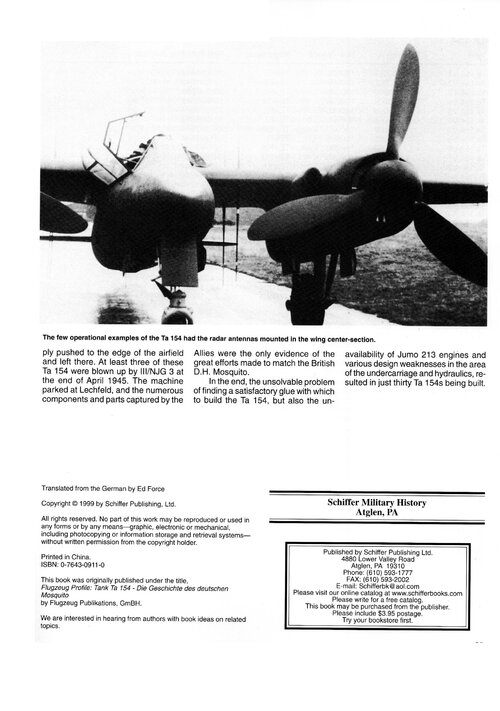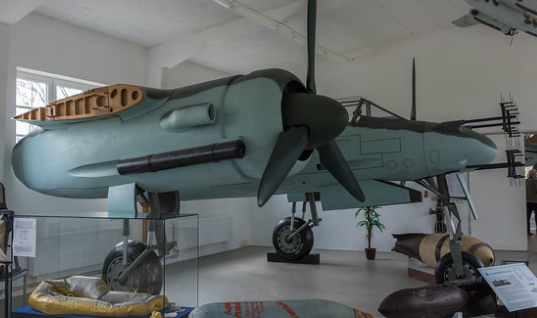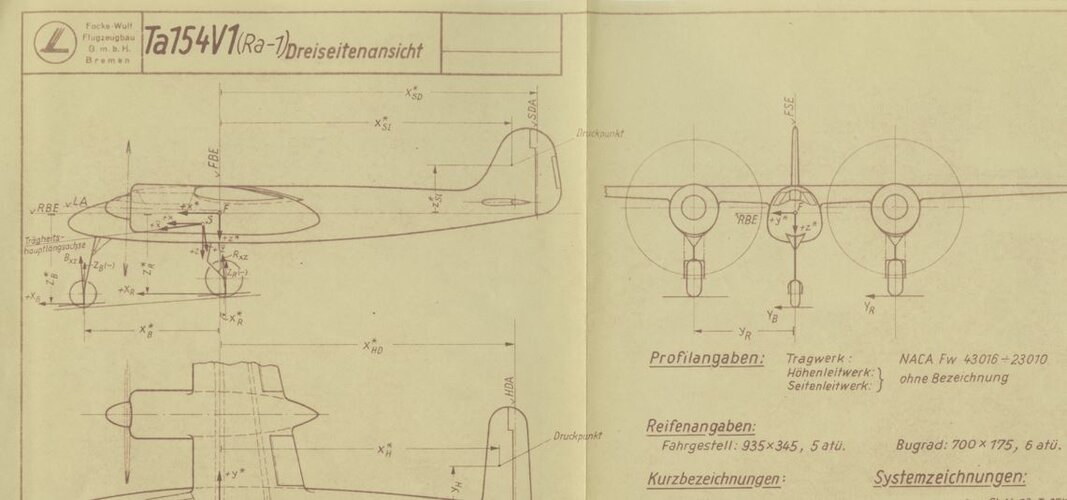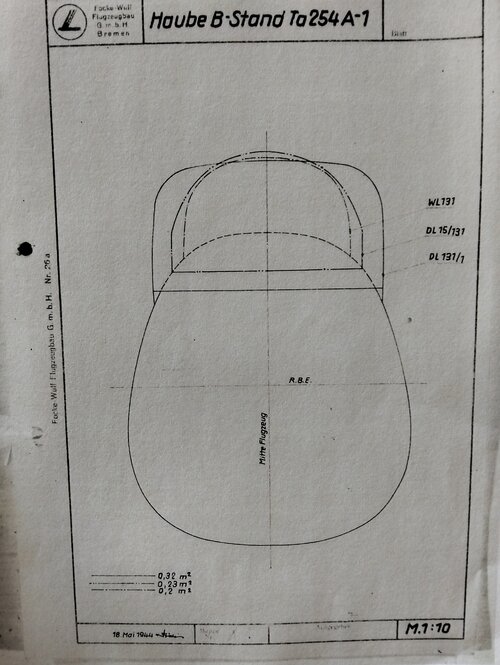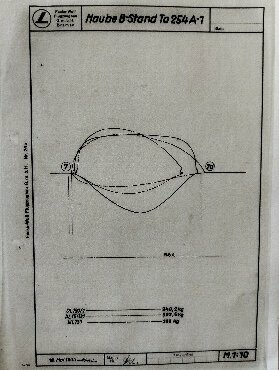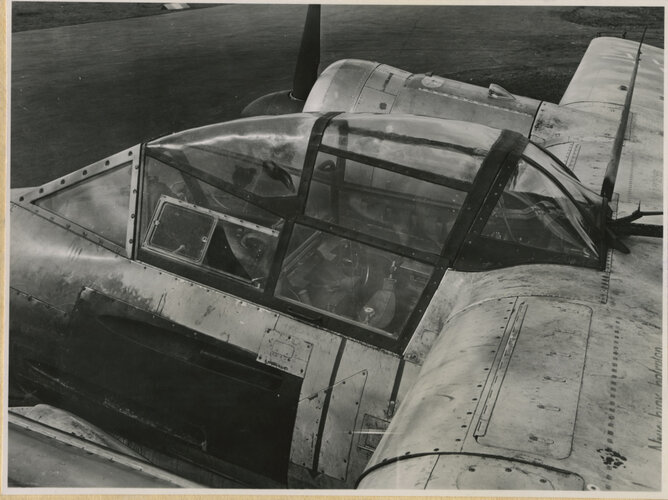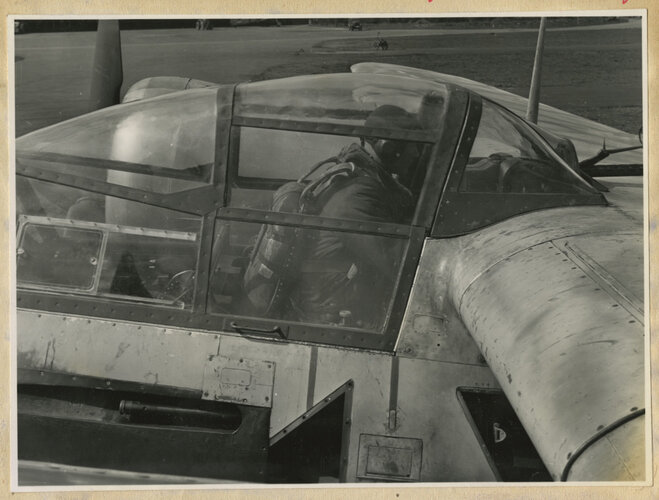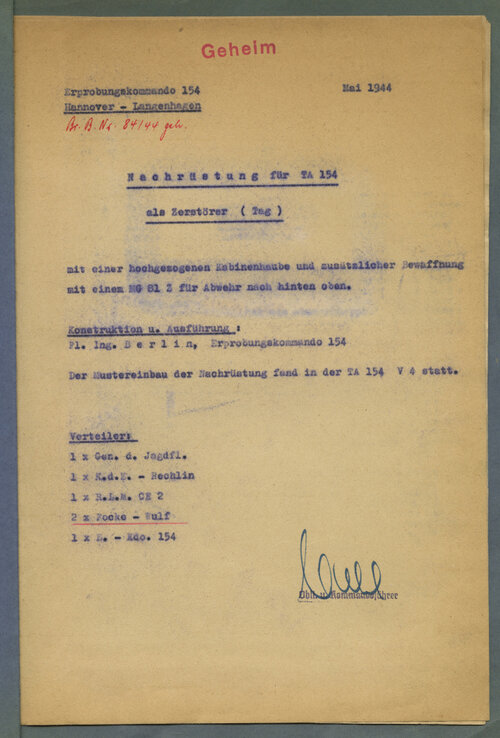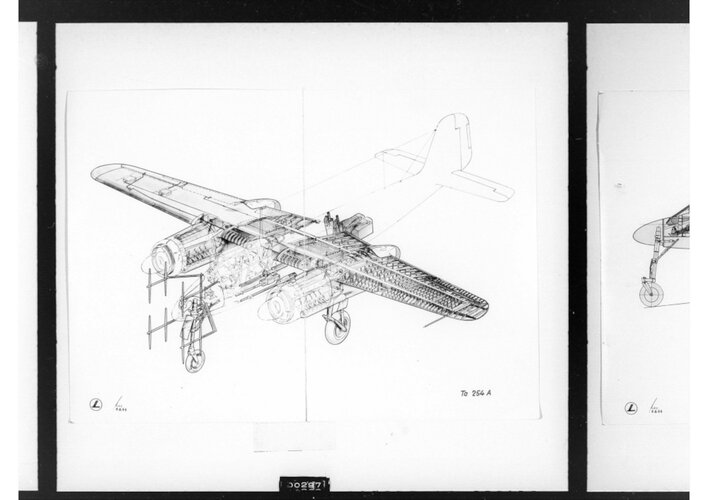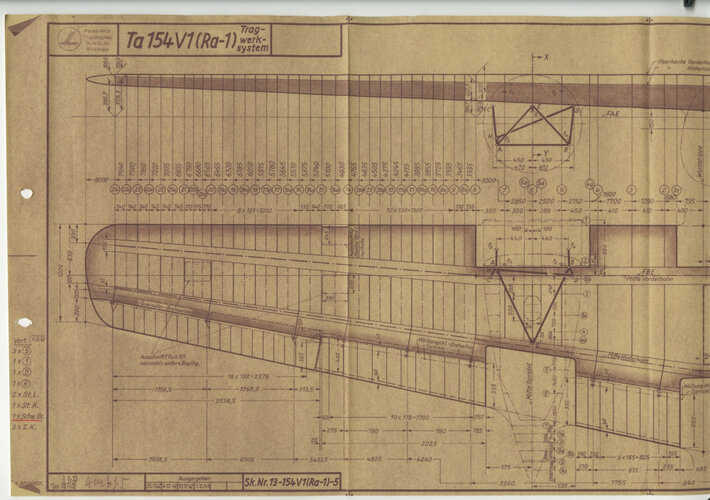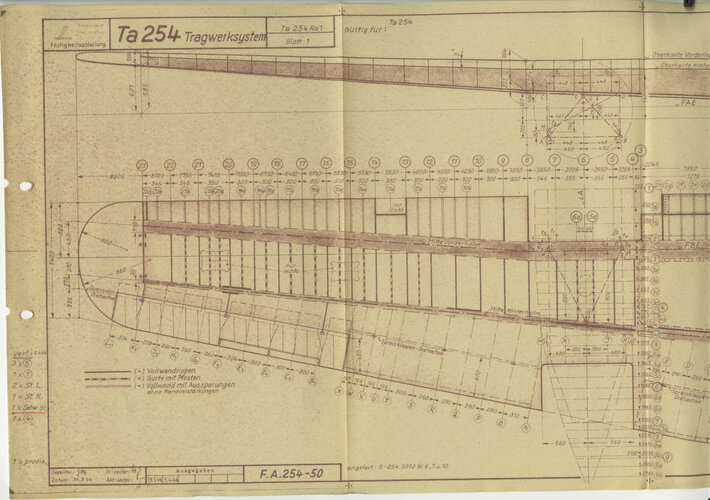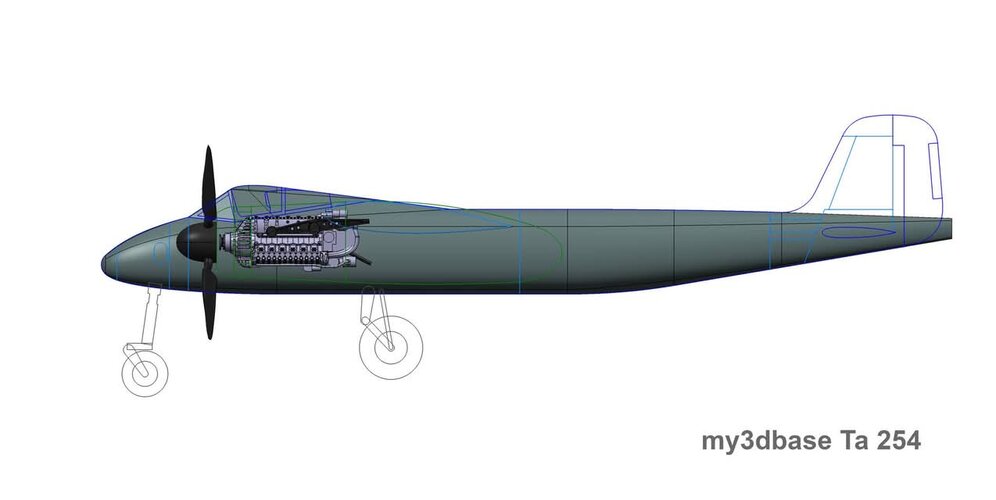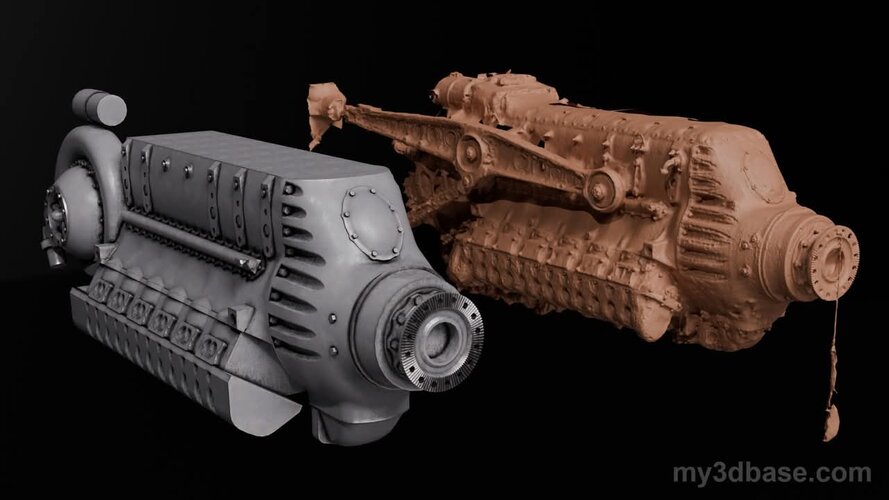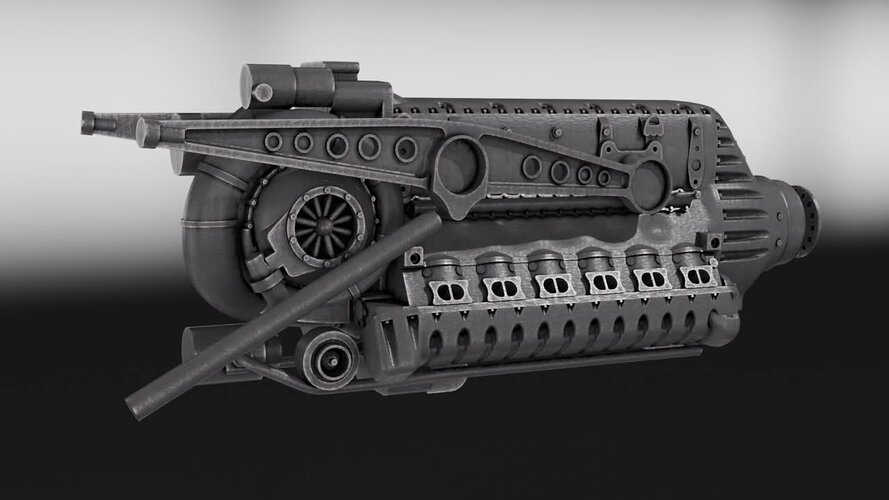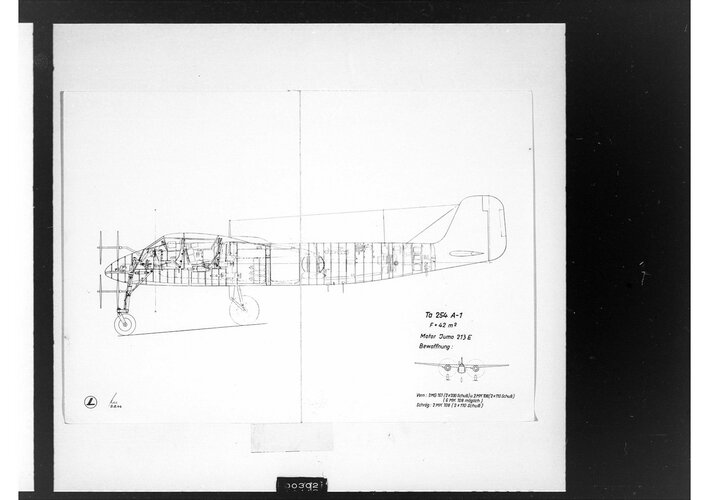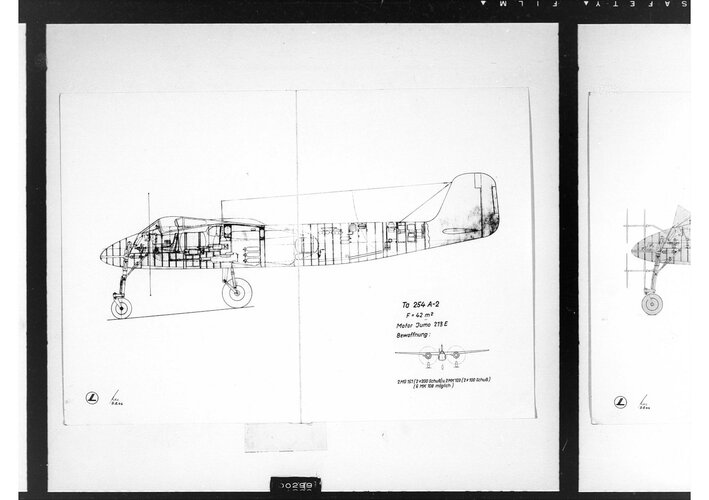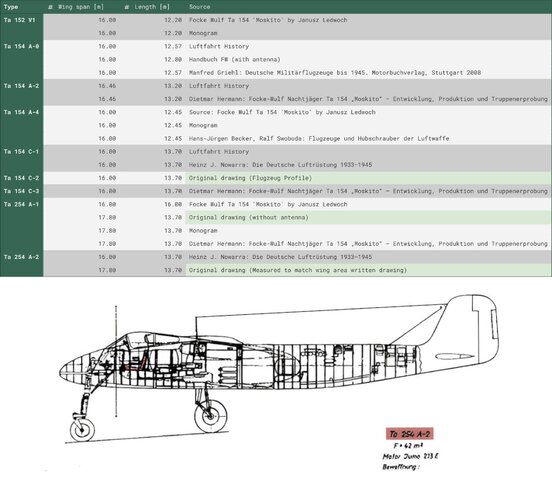Hi T. A.,
Thanks for the link, that's really a great video! It could easily be that Conradis depiction skipped the months of redesign required to get from a Tego design to a conventionally-glued design, and failed to mention the downsides of such a redesign.
David Myhra's "Ta 154" points out that the (7) prototype aircraft were made with the Tego film glue (and after watching the video, I now understand why it's referred to as "film").
Myhra interviewed some Gotthold Matthias (chief aerodynamicists on the Ta 154 project) in the 1980s, and was told that the cause of the crash of a second series Ta 154A (on 28 June 1944), apparently the crash that caused Tank to halt production, was due to sabotage: "''We discovered', said Matthias, 'that the prison labor force was pouring their collective urine into the glue pots ... hence the source of the glue weakening acid.'" I think that's a story with all the ingredients of a good yarn, so I'm more than a bit suspicious about it.
Unfortunately, the book doesn't have an index, and I'm not sure if there's anything else it could tell us about the Tegu film issue.
Regards,
Henning (HoHun)
There is a world of difference between the Tego process (called Duramold or Aeromold in the US at the time), and using phenol based adhesives applied by brush or roller. The Tego et. al., process is streets ahead of the phenol glues both in strength and consistency.
Here's a Fairchild video on the Duramold process they were using. It's essentially the same thing as the German Tego process:
Thanks for the link, that's really a great video! It could easily be that Conradis depiction skipped the months of redesign required to get from a Tego design to a conventionally-glued design, and failed to mention the downsides of such a redesign.
David Myhra's "Ta 154" points out that the (7) prototype aircraft were made with the Tego film glue (and after watching the video, I now understand why it's referred to as "film").
Myhra interviewed some Gotthold Matthias (chief aerodynamicists on the Ta 154 project) in the 1980s, and was told that the cause of the crash of a second series Ta 154A (on 28 June 1944), apparently the crash that caused Tank to halt production, was due to sabotage: "''We discovered', said Matthias, 'that the prison labor force was pouring their collective urine into the glue pots ... hence the source of the glue weakening acid.'" I think that's a story with all the ingredients of a good yarn, so I'm more than a bit suspicious about it.
Unfortunately, the book doesn't have an index, and I'm not sure if there's anything else it could tell us about the Tegu film issue.
Regards,
Henning (HoHun)

